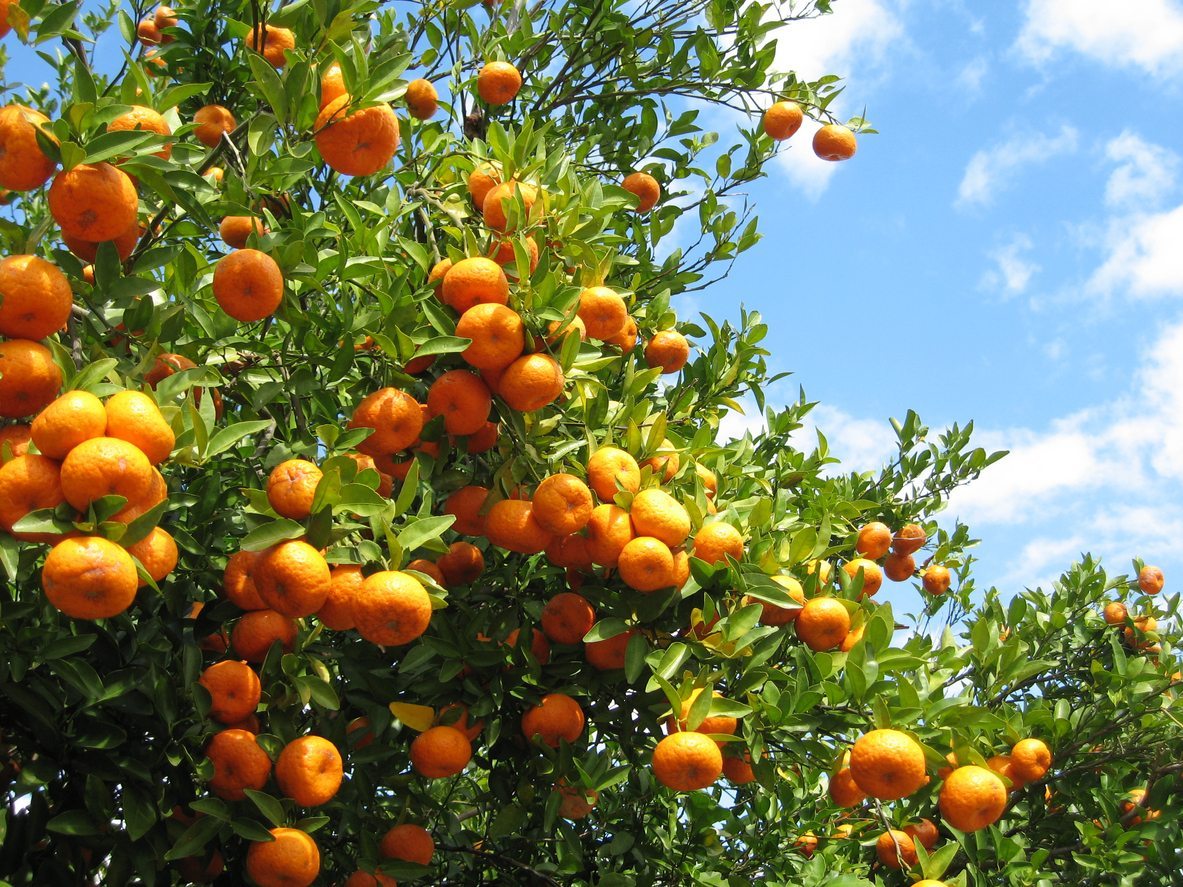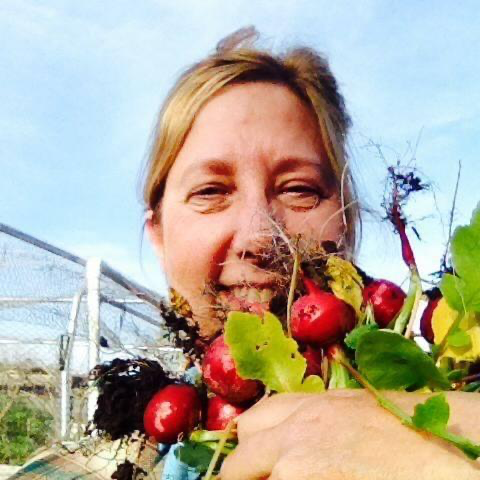Trees that are pruned in the summer will remain smaller and allow for easier harvesting next year.
![]()

By Sharon McCray

Sharon McCray
Summer is here and everywhere fruit is ripening at phenomenal rates and if you can beat the birds and squirrels to them, there is plenty of fruit to enjoy right off the tree with enough left to preserve for later.
There is a lot going on in orchards, including managing through these drought conditions, overcoming the challenges of pests and maintaining healthy trees.
First things first. Water. Typically, Santa Clara County receives little to no rain from June through September. Normally, the fall and winter months manage to recover from the summer drought. Not so these past three years. Understand that past decades proved how productive the Valley of Heart’s Delight was under normal growing conditions. So, what’s the secret to keeping trees alive with so little water?
 Deep watering in the early morning is best. Trees need to be tricked into thinking that there will be enough moisture this winter to support production of lots of fruit. Deep watering means allowing irrigation water to reach feeder roots, usually about 12 to 14 inches down, letting the water run for several hours. Yikes, that’s a lot of water but hedging our bets that rain will indeed come, is essential. This takes a lot of water and is best achieved by waiting until our first rain or until it is no longer hot. A drip line, laid below the canopy of the tree, is sufficient. Avoid having water hit the trunk of the trees. Water every four weeks until the end of the year. It sounds like a lot of water but your trees are a huge investment and worth saving.
Deep watering in the early morning is best. Trees need to be tricked into thinking that there will be enough moisture this winter to support production of lots of fruit. Deep watering means allowing irrigation water to reach feeder roots, usually about 12 to 14 inches down, letting the water run for several hours. Yikes, that’s a lot of water but hedging our bets that rain will indeed come, is essential. This takes a lot of water and is best achieved by waiting until our first rain or until it is no longer hot. A drip line, laid below the canopy of the tree, is sufficient. Avoid having water hit the trunk of the trees. Water every four weeks until the end of the year. It sounds like a lot of water but your trees are a huge investment and worth saving.
Pruning in the summer can be challenging but necessary. The University of California teaches that trees pruned in the winter will encourage fruit production while summer pruning discourages new growth and is a way to maintain the size of your trees. Use this time to effectively remove dead or unhealthy branches and fruit that has not matured, called “mummies.”
Trees that are pruned in the summer will remain smaller and allow for easier harvesting next year. No more than one-third of the canopy should be removed at one time. First, stand back and look at the tree before making any drastic cuts.
 Fruit trees, with their exposed trunks, can get severely sunburned. By applying a thinned white latex paint on the trunk, sunburn will not be an issue and trees appreciate the gesture. The paint will provide a much needed barrier to the unrelenting summer sun and, in some instances, discourages certain pests.
Fruit trees, with their exposed trunks, can get severely sunburned. By applying a thinned white latex paint on the trunk, sunburn will not be an issue and trees appreciate the gesture. The paint will provide a much needed barrier to the unrelenting summer sun and, in some instances, discourages certain pests.
No matter the size of the orchard, good orchard management practices are essential for optimal fruit production. Examine the overall health of the tree. Check for pests, including borers. Finding areas of sap seeping onto the trunk is one indicator of borers.
Fire blight is a fungal disease that attacks apple, pear and quince trees. Fire blight looks like an area of the tree branch has been hit with a blow torch. The affected area should be promptly removed and put into the trash, not green waste. The pathogen spreads through spores so containing that spread is essential to controlling the disease. Pruning shears should be cleaned after each cut to avoid spreading the disease. Use household bathroom cleaner because it is easier on the shears steel blades whereas bleach has a tendency to corrode the steel.
A final note: Andy’s Orchard in Morgan Hill offers regular tastings of locally grown stone fruits. The best way to select fruit trees is by tasting several varieties of specific fruits and deciding which ones are preferred. Check out www.andysorchard.com for tasting dates and times. They also have an amazing selection of dried fruits.
Sharon McCray is a California native living in Santa Clara County since 1959. She became certified as a University of California cooperative extension master gardener in 1992 and a UCCE master naturalist in 2015. She hosts a monthly radio show on KKUP public radio and is now retired.






